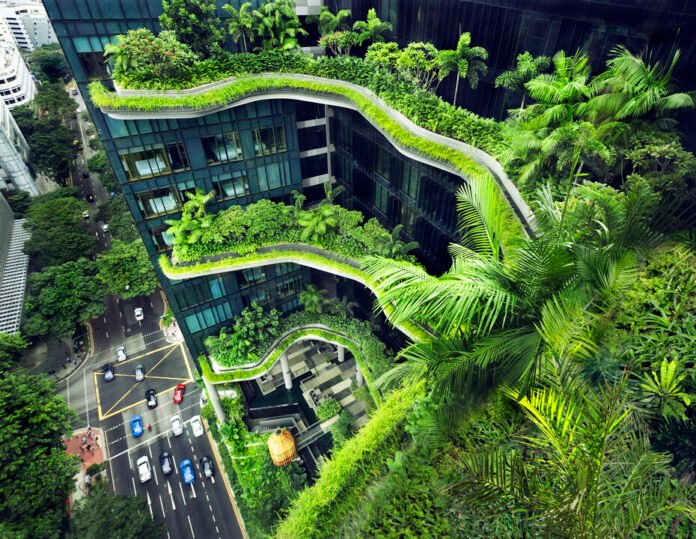As the world increasingly focuses on sustainability and environmental responsibility, green building solutions have emerged as a vital component of modern construction practices. In this article, we will explore the importance of eco-friendly building techniques and highlight key strategies for implementing sustainable design principles in construction projects.
The Importance of Green Building

Green building practices prioritize the efficient use of resources, minimize environmental impact, and promote occupant health and well-being. By incorporating sustainable design principles, buildings can reduce energy consumption, conserve water, and decrease waste generation, leading to long-term environmental and economic benefits.
Key Benefits of Green Building
- Energy Efficiency: Green buildings utilize energy-efficient technologies and design strategies to reduce energy consumption and lower utility costs.
- Resource Conservation: Sustainable building materials and construction methods minimize resource depletion and promote responsible resource management.
- Improved Indoor Air Quality: Green buildings prioritize indoor air quality through proper ventilation, non-toxic materials, and pollution prevention measures, creating healthier indoor environments for occupants.
- Enhanced Resilience: Green buildings are often more resilient to natural disasters and climate change impacts, providing safer and more durable structures for communities.
- Cost Savings: While upfront costs for green building may be higher, the long-term savings from reduced energy and water usage, as well as lower maintenance expenses, can result in significant cost savings over the life cycle of the building.
Strategies for Sustainable Construction
1. Energy-Efficient Design
Integrate passive design strategies such as orientation, shading, insulation, and natural ventilation to optimize energy performance and minimize reliance on mechanical heating and cooling systems.
2. Renewable Energy Integration
Incorporate renewable energy sources such as solar panels, wind turbines, and geothermal systems to generate clean, on-site energy and reduce reliance on fossil fuels.
3. Water Conservation
Implement water-efficient fixtures, rainwater harvesting systems, and graywater recycling to minimize water consumption and promote sustainable water management practices.
4. Sustainable Materials
Utilize environmentally friendly building materials such as recycled content, responsibly sourced wood, low-VOC paints, and non-toxic finishes to reduce environmental impact and promote healthier indoor environments.
5. Green Certification
Seek green building certification from recognized programs such as LEED (Leadership in Energy and Environmental Design) or BREEAM (Building Research Establishment Environmental Assessment Method) to validate sustainability efforts and enhance marketability.
Conclusion
Green building solutions offer a pathway to a more sustainable and resilient built environment, providing numerous benefits for both the planet and its inhabitants. By embracing eco-friendly design principles and implementing sustainable construction practices, we can create healthier, more efficient, and environmentally responsible buildings that contribute to a brighter future for all.













